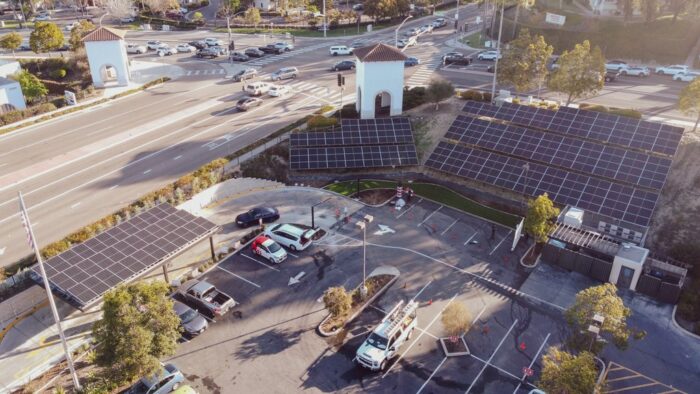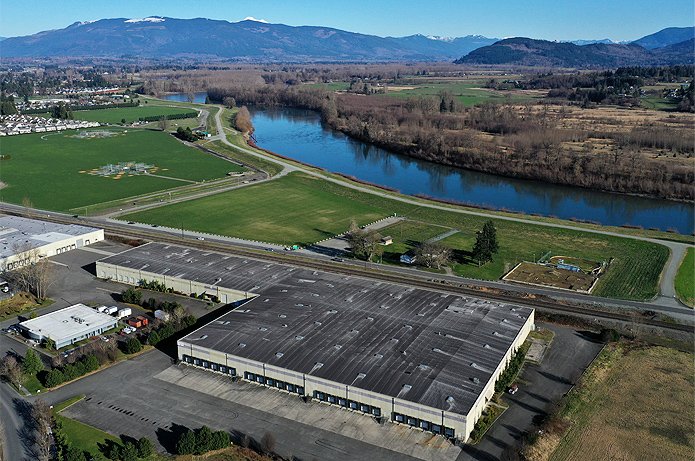SolMicroGrid’s Pitch: Sell us your solar array, get a microgrid in return

Commercial building owners invest in solar arrays for many reasons. Some for the return on investment, others to be “green,” and some just because of state mandates. However they got there, these building owners now find themselves managing an energy system in ways they probably didn’t fully comprehend at the outset. And after 5 or 10 years … what if they want out of the energy business?
SolMicroGrid is offering a compelling solution with their new “Array to Microgrid” program. The pitch? Sell us your aging or underperforming solar asset, and we’ll turn it into a more valuable, more resilient energy system.
Turnkey microgrids, no new CapEx
Array to Microgrid offers commercial and industrial (C&I) property owners a chance to monetize their existing rooftop solar arrays and simultaneously upgrade to resilient, fully managed microgrids—all without any new capital outlay.
“We take something that’s becoming a distraction and make it an asset again. And then we do all the work,” says SolMicroGrid CEO Kirk Edelman.
At the heart of the program is SolMicroGrid’s Energy-as-a-Service (EaaS) model. Unlike the more traditional build-and-sell approach most microgrid providers use, SolMicroGrid retains ownership of the system. The company develops, installs, and operates the microgrid, while the customer signs a long-term service agreement. No upfront capital, no maintenance headaches—just stable, predictable energy costs.
The model isn’t exactly new—it echoes the rise of “as-a-service” models in other capital-intensive industries, like healthcare. But in the C&I solar space, it’s gaining traction fast as customers get weary of managing energy systems themselves. Edelman compares the evolution to how hospitals stopped buying MRI machines and started paying per scan instead. The logic holds up: why own a depreciating, maintenance-heavy asset when you can simply buy the service it provides?
Array to Microgrid in action
After SolMicroGrid acquires that rooftop solar system for cash, they layer in additional distributed energy resources (DERs)—like battery storage, backup generation, EV charging, or fuel cells—and deliver a fully integrated microgrid solution tailored to the facility’s needs. The entire system is then operated under an EaaS contract.
“I will buy that system from you, not touch it, add DER components, and convert that existing array to a microgrid for you,” Edelman says.
From a financial perspective, the microgrid adds value in several ways: peak shaving via batteries, resilience during outages, participation in demand response programs, and simple energy arbitrage. That growing value stack is shared transparently between SolMicroGrid and the customer, as part of their monthly service agreement.
“Our customers see exactly how much value was created each month and how it’s split,” Edelman explains. “We’re very upfront about it. The more value we can create, the better it is for both of us.”
Batteries provide both backup power and savings—enabling time-of-use arbitrage and demand charge reduction. Smart controls and load shedding software also play a role, especially in managing large spikes in HVAC or EV charging loads.
Why this matters now
With proposed changes to the ITC creating uncertainty around how new solar projects will be financed and structured, the Array to Microgrid program offers an elegant workaround: focus on the systems that already exist.
“These assets are already in place. The tax benefits have been realized. This is about giving those systems a second life and turning them into part of a much more resilient and efficient energy platform,” Edelman says. “A microgrid does not only provide you sustainable energy but it can provide you with full resiliency, it can provide you with OpEx savings—all without capex—and those are pretty powerful too.”
That’s not to say incentives don’t matter. SolMicroGrid leverages federal, state, and local programs to optimize the value of each project, but the model isn’t dependent on them to be viable. It’s more about matching the right project—based on local tariffs, load profiles, and building usage—with the right blend of DERs.
In that way, the program is built to be highly selective. Projects only pencil out when there’s enough margin between utility rates and the cost to generate and manage power onsite.
“We need to see grid power costs north of 20 cents per kWh to make this work,” Edelman says. “The higher the utility cost, the stronger the case for microgrids.”
Cleaner model for clean energy
This turnkey approach is designed to be clean in every sense: streamlined stakeholder alignment (ideally one owner of building, business, and land), contracted national EPC partners for safety and scale, and a clear transition from solar-as-asset to solar-as-service.
SolMicroGrid is just beginning to deploy this new program, but the company sees it as a strategic wedge into new markets and customer segments.
“Maybe we do one Array to Microgrid project for a company and it opens the door to more,” Edelman says. “It’s a very focused value proposition, but it can be the start of a broader relationship.”
As solar business models evolve, tax credits change, and energy infrastructure grows more complex, simplicity and specialization might be the smartest move forward.





Comments are closed here.